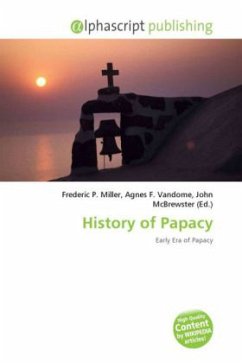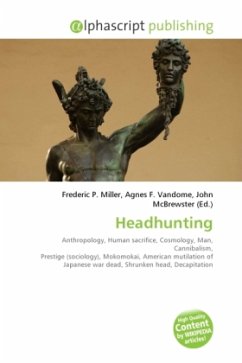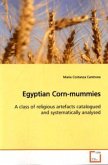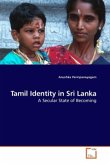Goldsmiths have always raised interest among the
scholars, most of all because their intermediary
status between those who worked and those who
authored. In early modern Transylvania, the
goldsmith craftsmen of Cluj/Kolozsvár gradually
became members of the high elite of the town. The
reasons behind this varied. After the catastrophe of
Mohács (1526), when the medieval Hungarian Kingdom
fell to the Turks, the role of the town changed
considerably within the new born Principality of
Transylvania. Within the new geo-political reality,
the newly granted privileges yielded advantages that
fostered the development of crafts and trade.
Furthermore, the proximity to the gold and silver
mines and the mint promoted even more to the rise of
the goldsmiths. Thus, in a relatively short time the
goldsmiths of Cluj/Kolozsvár became more than
artisans. Many of them were involved in long distance
or local trade, invested in estates or became high
the leaders of the town. Although it is hard to
delineate a craft segregation within the townscape,
it can be asserted that the goldsmith houses were
gathered close to the town center, and their
constituency grew around the town hall and mint.
scholars, most of all because their intermediary
status between those who worked and those who
authored. In early modern Transylvania, the
goldsmith craftsmen of Cluj/Kolozsvár gradually
became members of the high elite of the town. The
reasons behind this varied. After the catastrophe of
Mohács (1526), when the medieval Hungarian Kingdom
fell to the Turks, the role of the town changed
considerably within the new born Principality of
Transylvania. Within the new geo-political reality,
the newly granted privileges yielded advantages that
fostered the development of crafts and trade.
Furthermore, the proximity to the gold and silver
mines and the mint promoted even more to the rise of
the goldsmiths. Thus, in a relatively short time the
goldsmiths of Cluj/Kolozsvár became more than
artisans. Many of them were involved in long distance
or local trade, invested in estates or became high
the leaders of the town. Although it is hard to
delineate a craft segregation within the townscape,
it can be asserted that the goldsmith houses were
gathered close to the town center, and their
constituency grew around the town hall and mint.








